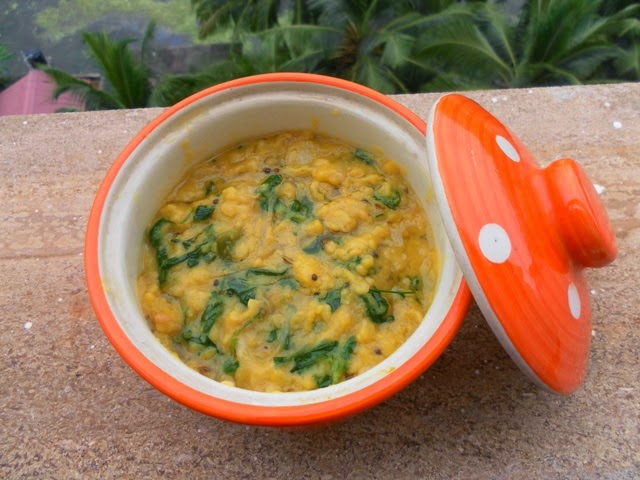Mixed Vegetables in raw coconut and Curd
gravy or Avial
This recipe is my take on the traditional Avial. I happened to have a different combination of vegetables at home, but wanted to eat them in curd gravy. So here it is. It is very easy to make, since you can literally take any vegetables, in any proportion. You can adjust the quantity of curd to suit your palate. If you want it to be more spicy, you can use red chillies along with curry leaves for garnishing.
Ingredients:
Potato – 250
gms.
Carrot – 250
gms.
Pumpkin –
250 gms.
French beans
– 150 gms.
Brinjal, medium size – 1 no.
Curd – 500 ml.
Rice flour –
2 tsp.
Grated raw Coconut
– ¼ coconut
Salt – to taste
Green chillies
– 2 nos. (optional)
Curry leaves
– a few (optional)
Oil – 2 tbs.
Rayi
(mustard seeds), Jeera (Cumin seeds) together – 1 tsp.
Method:
Chop carrots,
beans length wise and other vegetables into cubes.
Whisk curd
to a smooth paste.
Grind
coconut, rice flour, and green chillies to a smooth paste.
Cook the vegetables
in enough water to cover them. Add the coconut paste. Make sure the vegetables
are not too soft or cooked to a pulp. Remove from the stove. Let it cool.
When the
vegetables are cooled enough, add whisked curd and mix well.
Heat 2 table
spoons of edible oil in a small frying pan, and put rayi, Jeera and when they
start sputtering, add curry leaves. After they are fried, pour over the
vegetable and curd mixture.
Avial taste
good with hot rice or rotis.


















